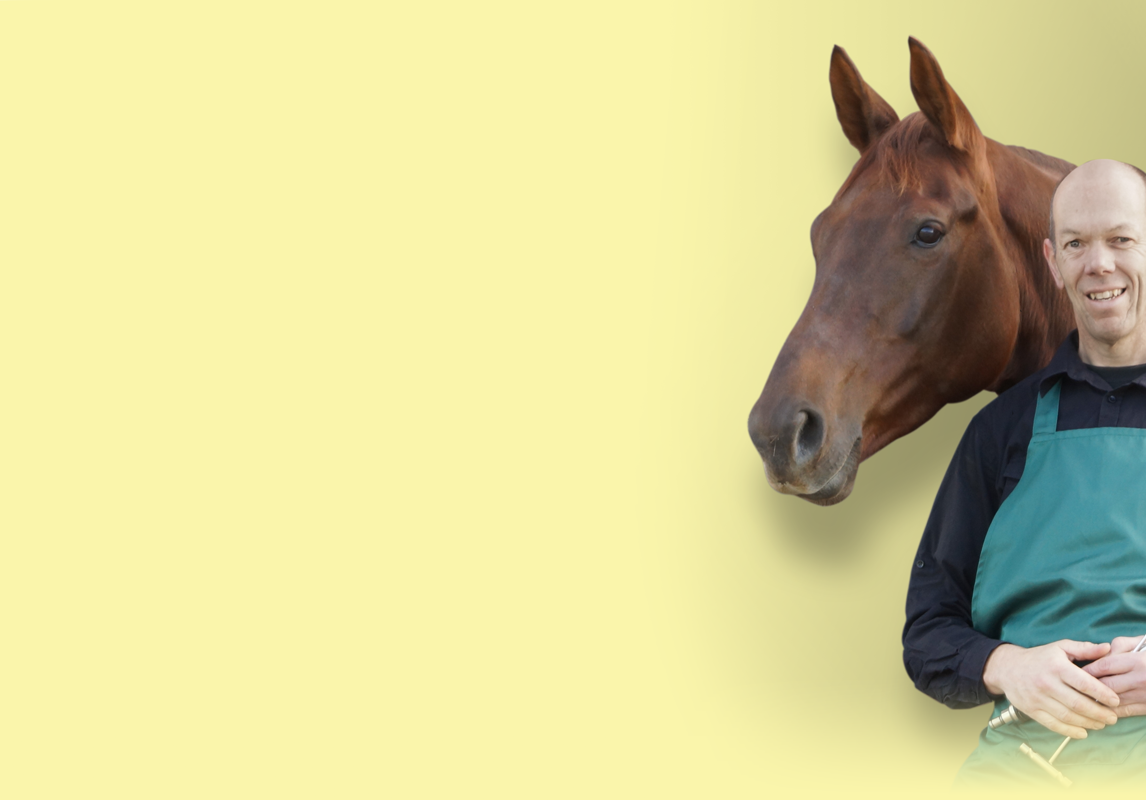Hooks are found on the first and last molar in a row on the lower and upper jaw. Hooks are often the reason for diastema for the molar, because of the extra pressure of its position. It can also cause injuries in layers of the palate depending on its position, and obstacle in the forward-backward movement of the jaw. Hooks on the front molars often cause cheek lesions.
Hooks on the back molar are often a bigger restraint than hooks on the front, because there is less joint operation. These hooks will cause a big wad in its mouth leading to pain. We also see this with young horses that they have hooks against their baby teeth. Another reason to start early with regular dental checkups.




